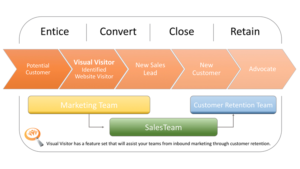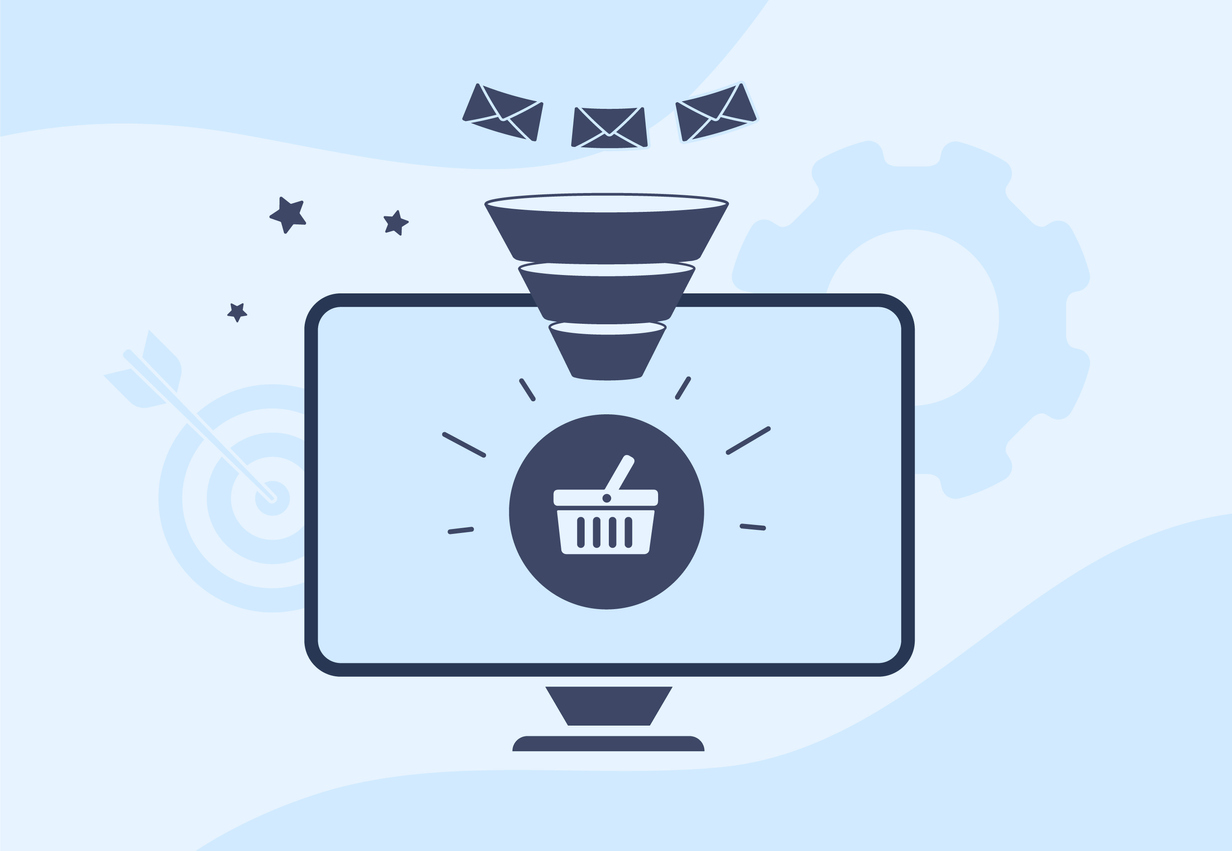 Developing a Successful Sales Lifecycle
Developing a Successful Sales Lifecycle
The lifecycle of a successful sale: create interest, move that interest to a relationship, and then use that relationship to create future transactions.
How do you navigate the lifecycle of a successful sale?
This Sales Lifecycle should always start with a salesperson developing good habits that will take them throughout the entire process from creation to transaction.
A good salesperson cannot merely focus on the creation stage, spending all of their time nurturing. Nor can they only spend their time waiting for the sale to morph into the transaction stage without putting in the effort. Constant time and effort are required. Maybe a single phenomenal beginning will be yours, or maybe it will take 50 “No’s” before you get there. Staying true to the entire lifecycle and complete knowledge and loyalty to your business’s vision will almost guarantee you more sales.
To keep you on track with your sales lifecycle, there are 5 things that you must remember:
Focus on Fit
In the creation stage of the lifecycle, focusing on the wrong customer is a waste of time for both you and them. Like a good salesperson, you know that it is critical to find the ideal prospect. An excellent place to start is first to set out the criteria that your prospecting should focus.
Look at your current customer base. Who do you have that completes a significant amount of transactions and seems to be the happiest with your product or service? What qualities do these customers have in common that you could look for in prospects?
After you have figured this out, look for areas that you could put yourself in front of this type of potential more.
Plan It
Every successful person will tell you; it starts with a plan. Now that you have determined the correct fit, you have to plan out how to approach this new target group.
Where to begin? Set some fundamental goals; timelines if you will. This will keep you on track to move forward within a reasonable amount of time. Remember to keep them simple and somewhat fluid. Things like a target number of prospects per day that progress to a certain number of meetings/demos per month.
After you have established and outlined these goals, break them down further to set the actual steps needed to meet these goals.
Talk to Your Team
After you have set up your plan and outlined the timeframe you wish to stick to, and the relationships are built, follow through. Work as a team, track your data in a way that everyone is on the same page and can quickly pick up where the last one left off.
Goals for this stage: bea successful sales team. This means that you will know where your leads are coming from, what you are specifically looking for in a prospect, and where your current prospects are on your timeline.
Persistence is Key
Searching out those prospects is tough. It seems to be a never-ending job that misses more than it hits, but if you spend the time planning it out correctly, you can plan on new relationships being established on a regular basis.
Begin by making sure that you are relentless in your search. Adding a service like Visual Visitor’s Anonymous Website Identification Service to your website can help by identifying those previously anonymous website visitors who are already showing interest in your product. No matter how many people do not sign up or commit, keep working. As a salesperson, you must know that even when the negative feedback is at its highest, you must dig in and focus on the prize.
Rejection is never fun. Some days feel like they are entirely spent hearing what you do not have to offer or what you are missing. This can change on a dime, and you must keep the goal in mind.
Feel the Love
Finally, you have a prospect that you are working through your sales lifecycle. It is time work it. This could be the lead that generates the revenue that you need to meet those goals you set back in the Plan It stage. Or it could lead to some word of mouth lead that you weren’t expecting.
When prospecting leads to positive results, it is then best to dive in and capitalize on this favorable angle. This lead could be a source of more sales, and hopefully, other sales leads.
Giving your sales team the ability to learn these basic sales lifecycle habits will enable them to generate the sales leads that will be productive. Triumphant sales teams know that to be successful, a strong sales lifecycle must be developed.
No CCs, No obligations!
Click here to add your own text





